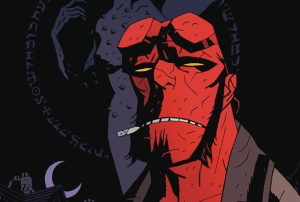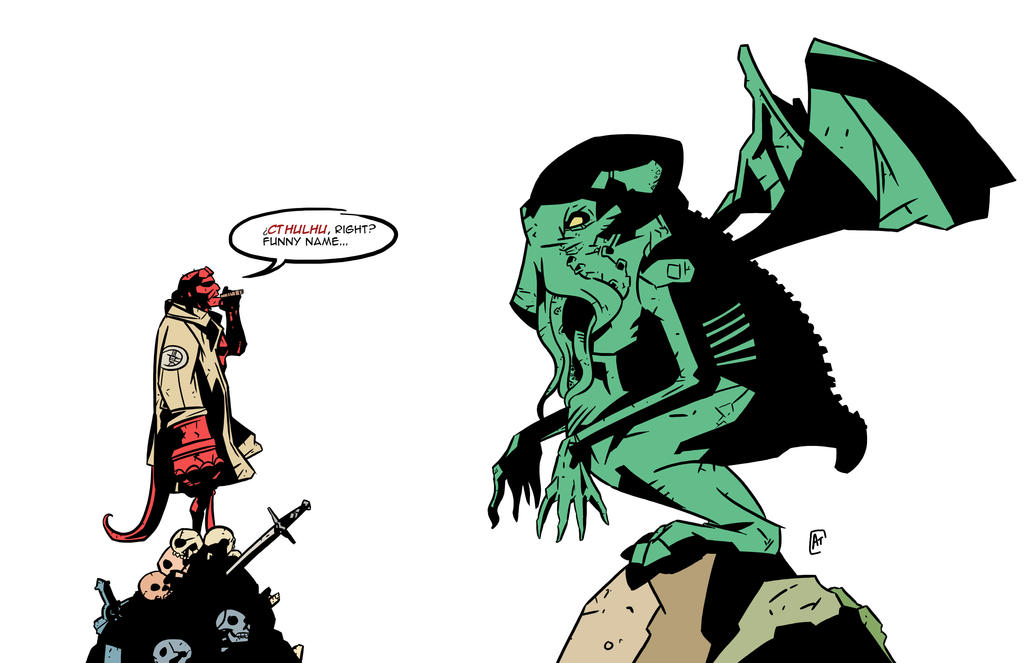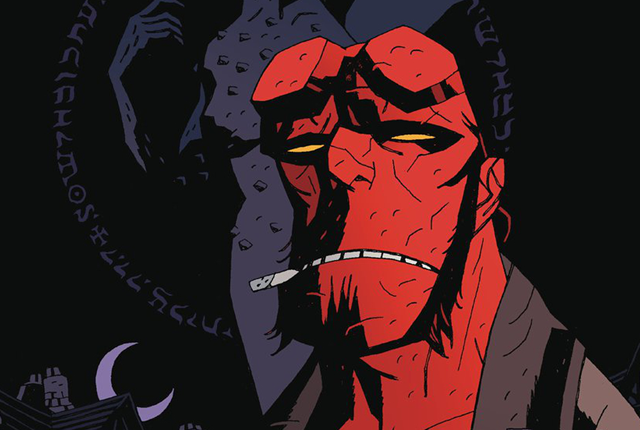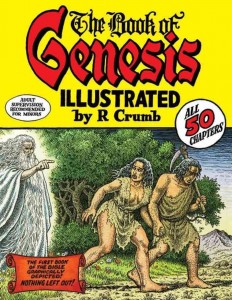 Around this time last year, S&S’s own David McConeghy penned a compelling piece for Sacred Matters on the integration and, arguably, augmentation of H.P. Lovecraft’s Cthulhu gods in the narrative structure of Mike Mignola’s Hellboy — the comics series, its spin-offs, and its cinematic adaptations.
Around this time last year, S&S’s own David McConeghy penned a compelling piece for Sacred Matters on the integration and, arguably, augmentation of H.P. Lovecraft’s Cthulhu gods in the narrative structure of Mike Mignola’s Hellboy — the comics series, its spin-offs, and its cinematic adaptations.
McConeghy hails this aspect of the Hellboy franchise in saying:
[I]t is foremost a comic that embraces the gothic as Lovecraft did in the interwar years in New England. The comic delights in paranormal abilities that connect to worlds beyond our own. It celebrates the prophetic as a link to authentic religious pasts long forgotten. It satisfies our desire to live in a demon-haunted world but feel protected by honorable, if flawed, guardians.

Part of Hellboy‘s success, he suggests, is Mignola’s employment of Rudolph Otto’s mysterium tremendum es fascinans, “the mystery that both repels and attracts us.” The titular hero of Hellboy is a product of that same dark mystery he both seeks to confront and defend us from: “Thank goodness for Hellboy,” acknowledges McConeghy, showing the fictional character’s engagement with a fictional religion as compelling stage for real-life religiosity.



